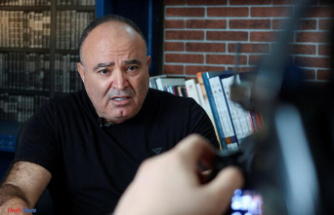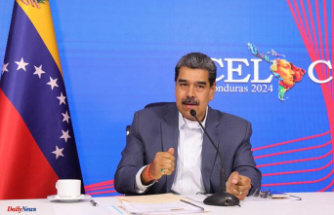When the $1.4 billion sale of Electric Lightwave closes Wednesday, the Vancouver company's new owner wants to each employee to show up in person that day for individual meetings.
Employees fear the buyer, Zayo Group, will hand many of them layoff notices. The Colorado company has already said it plans $40 million in cost cuts at Electric Lightwave, which was known as Integra until last summer.
Electric Lightwave 1996: Integra Telecom is founded at the Oregon Graduate Institute in Washington County. Initially providing telecom services at OGI, Integra soon expanded to offer phone and data communications to small and mid-sized businesses. 2004: Integra moves headquarters to Portland's Lloyd District. 2006: Integra pays $247 million for Electric Lightwave, a Vancouver company that spent more than $1 billion to build 4,700-mile fiber network across the western U.S., then nearly collapsed in the dot-com bust. 2007: Integra buys another phone-and-data company, Eschelon Telecom, for $710 million. 2009: Wilting under debt from the Eschelon deal, Integra averts bankruptcy by recapitalizing under new ownership led by Goldman Sachs. 2011: Founding CEO Dudley Slater pushed out, replaced by Integra Chairman Tom Casey. Casey quits seven months later. 2012: Integra repositions to de-emphasize its small-business services and focus on long-haul fiber connectivity for large organizations. Goldman Sachs exits, selling its stake to Searchlight Capital Partners. 2014: Integra moves headquarters to Vancouver. 2016: Integra splits business in two. The larger fiber business takes the Electric Lightwave name. Announced $1.4 billion sale to Zayo Group."We're asking that all employees report to your work location that day for face-to-face meetings with Zayo representatives," Zayo wrote last Friday in an email to Electric Lightwave staff. The company said it wants "discussions with every employee about their role and expectations moving forward."
Employees who work from home should be available by phone, Zayo wrote, and people on vacation should "provide your supervisor with a telephone number where you can be reached."
Zayo did not immediately respond to an email seeking comment on its plans.
Electric Lightwave is one of the Portland area's largest technology employers. It has nearly 600 workers in Washington, the vast majority at its headquarters in east Vancouver.
Zayo operates a fiber-optic network that spans 112,600 miles, providing high-speed communication links for large organizations. The Electric Lightwave deal brings an additional 12,000 miles, but since Zayo already operates a fiber business it may not require a large number of employees to maintain or market that network.
Before its sale, Electric Lightwave had already been transitioning away from its original business, providing phone and data service to small and midsized companies. That business had been fading under competitive pressure, but continues to operate under the company's old name, Integra.
The new name, Electric Lightwave, reflects the Vancouver company's growing emphasis on long-haul fiber. The shift was an effort to revive the business, which had been struggling.
Privately held Electric Lightwave recorded revenue of $569 million in 2015, according to regulatory data submitted in conjunction with its pending sale. Revenue was down 3.6 percent through the first nine months of 2016.
Electric Lightwave lost $18.4 million in 2015 and another $24.8 million through the first nine months of 2016.
When announcing the deal in November, Zayo told investors it expected substantial cutbacks when combining the two businesses, saving the company more than $40 million annually.
-- Mike Rogoway; twitter: @rogoway; 503-294-7699
Our editors found this article on this site using Google and regenerated it for our readers.












